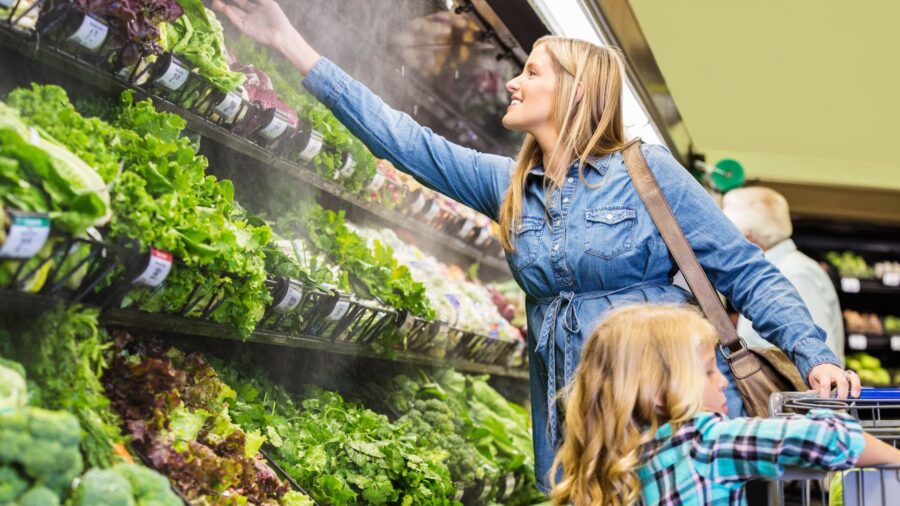It’s no secret that consumers are dealing with a lot right now—emergency SNAP benefits ended, student loan payments restarted, and food inflation has persisted—putting many grocery consumers in a bind and ultimately changing how they shop.
“All this stuff is happening at once,” said Nik Modi, managing director at RBC Capital Markets, on a recent Food Institute Podcast. “In isolation, none of [these things] would really affect the way consumers behave, but when you start adding them together… it starts to create a problem.”
How are consumers behaving right now?
Delinquency rates are increasing across every single loan category (home, auto, personal, and student loans). “The gap between personal savings and credit is at its widest since we’ve had the data,” he said. “It looks like consumers are funding their lifestyles with credit.”
In fact, one in five shoppers (34%) now pay for their groceries in installments, according to PYMNTS data. Meanwhile, 60% of consumers have used some type of installment payment plan in the last 12 months.
As we emerge from the throes of the pandemic, many consumers are finding that their “revenge spending” lifestyle is so longer sustainable. “I think the consumer is going through post-Covid normalization of some of their behaviors,” explained Modi.
During the pandemic, people were eating, drinking, and spending money in unusual ways, and indulging with greater frequency. Now that consumers are returning to their pre-pandemic spending habits, “that’s putting a little bit of pressure on consumption rates,” Modi said.
What are consumers buying at the grocery store?
The economic strain consumers are feeling, combined with their return to pre-pandemic behaviors, is affecting what they buy at the grocery store.
Notably, consumers are trading down to smaller pack sizes and private-label products. This is not a new trend but one that continues to proliferate, as Modi explained that “a rolling thunder” of trade down has been happening since early last year. “And I still think there’s going to be a little more pain to come,” he said.
There’s also been a distinct shift in terms of what part of the grocery store consumers are shopping in most.
During the pandemic, consumers migrated away from fresh ingredients toward shelf-stable products in the center of the store. “It became a hygiene issue,” said Modi, “Think about how all of us were using disinfecting wipes to wipe down our boxes of cereal and soup—we really didn’t feel as comfortable doing it with raw spinach, or broccoli, or oranges.”
Now, consumers are migrating back to the perimeter of the store and buying more fresh produce. Many want to return to how they ate before the pandemic and start making more food at home; in general, there’s been a huge health and wellness push in the post-Covid era.
And the big additional catalyst that’s leading consumers back to the perimeter is the cost of goods. “The prices in the perimeter are coming down much faster than what you’re seeing in the center of the store,” Modi explained, “and I think consumers are migrating to that value.”
“Consumers know how to find value,” he said.












